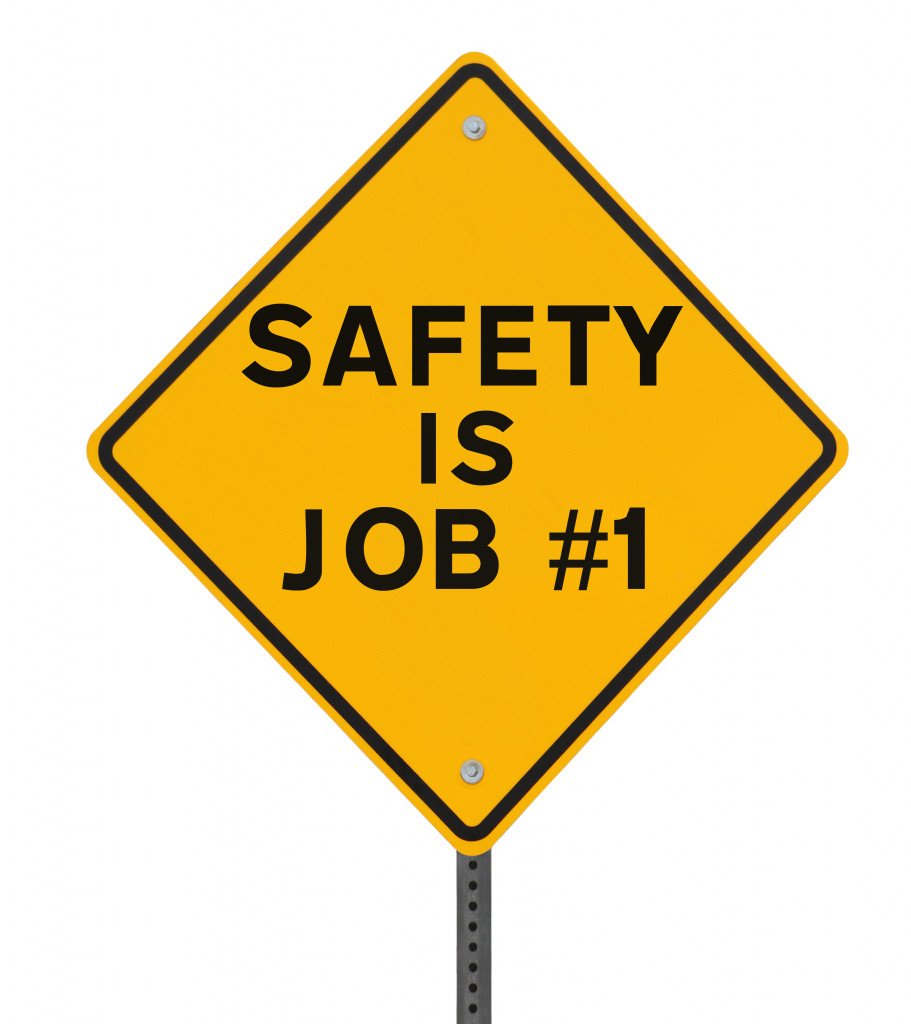We live in an age where almost everything that we do is automated by machinery. Not only does this cut down on time and energy needed when it comes to working, but this can also increase the productivity of many industrial complexes. Of course, for many of these industrial pieces of machinery to work, they’ll need a lot of moving parts and pieces, something that has been true ever since the industrial era.
Although there are many technological developments in the past few decades that have aimed to streamline industrial and automated processes with little to no supervision from humans, there is still a lot of machinery and industrial equipment today that will require a good amount of professional supervision.
Whether it’s nuclear power plants, food processing plants, or factories that produce electronic parts for devices, these industrial complexes will always require human quality assurance to ensure that products are in good condition. In addition to checking the quality of products, it’s also important to consider that these equipment types will require constant maintenance and repairs to ensure that they work in an optimal state.
However, the fact that many of these types of machinery have moving parts can lead to injuries. In fact, a good percentage of workplace injuries that have happened in the past century are usually related to industrial equipment and the mishandling of tools in these facilities.
The last thing that many businesses and organizations want is work-related injuries that could impede the production process while also causing legal and financial problems that the company will need to shoulder for the employee. That said, it’s only appropriate that businesses and companies emphasize mitigating the risk of injuries in industrial work areas.
Fortunately, there are a variety of strategies in place that can help minimize injuries. Here’s what you need to know.
Outlining Your Plans and Discerning Hazards
First and most importantly, planning and discerning the number of hazards in the area can be reduced through careful and methodical safety planning and education. It’s important to note that accidents and hazards can be avoided through planning and safety. If you’re planning on laying out plans for your facilities, consider the following major factors that could affect your work environment:
- Health and hygiene
- Ergonomics
- Proper safety training
- Insulated electronics
- Proper ventilation and temperature control
- Fire prevention systems
- Early warning and alarm systems
- Proper labels and signboards for potential hazards
Safety as the Top Priority

Next, one of the most important ways of reducing work-related injuries is by emphasizing safety as the top priority in this situation.
The equipment that you’ll need for your workplace will ultimately be determined by the hazards in place. Some types of hazards are unavoidable and are part of what needs to be done for certain job positions. For instance, firefighters, steel welders, professional racers, and factory workers will usually face many fire hazards. If this is the case, then businesses will need to invest in fire hazard suits. Fortunately, you won’t have to look far since fire-resistant personal protective gear can help minimize injuries from burns and injuries.
Engineering and Administrative Controls
Lastly, an important way of ensuring that the likelihood of accidents is kept at a minimum is by controlling daily operations. Although many managers and employers don’t have to micro-manage every single movement of employees to ensure maximum productivity, there will discuss certain situations where there should at least be some form of supervision from managers on how employees operate. This is especially true for newer employees that are still not well-versed with the rules and the regulations that the company has in place.
Controls are divided into two parts:
- Engineering controls
- Administrative controls
In addition to both engineering and administrative controls, the hierarchy of controls would also suggest using elimination and substitution to remove certain types of hazards. For instance, many construction companies in the past few centuries have substituted asbestos over safer materials. Although, this will only work if there are viable alternatives to certain types of hazards.
There are various ways to minimize the risk of injuries and damages in the industrial workplace. Compared to offices and other workplaces, industrial setups are known for having many dangers and hazards. Investing in proper equipment, imposing engineering and management controls, and methodically planning ways to address these hazards are just some of the guaranteed ways to neutralize dangers in the workplace. Remember that safety should always be the priority in this situation. Your workers should work under circumstances that won’t risk their lives.